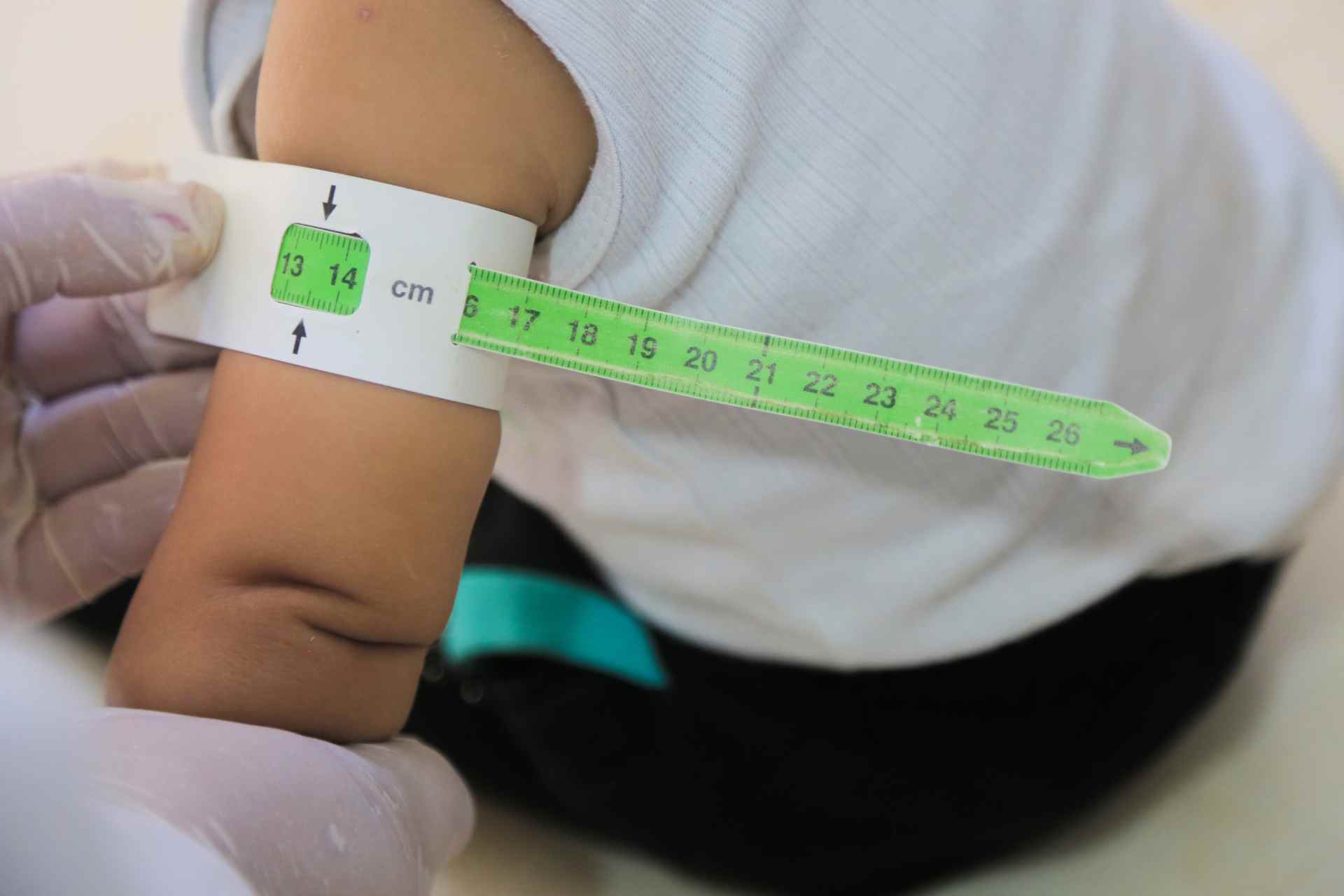What is already known
Nearly half of the deaths among children under 5 years of age are linked to undernutrition. Undernutrition not only stunts growth and development, it also leads to an altered gut microbiota. But how gut microbes influence growth remains unclear.
What this research adds
Working in mice, researchers have found that a specific strain of the gut microbe Lactiplantibacillus plantarum, called LpWJL, improves growth and weight gain. Molecules present on the cell wall of LpWJL activate NOD2 in intestinal epithelial cells. NOD2 is an immune receptor that is suppressed in malnourished mice. NOD2 signaling boosts gut cell proliferation and improves nutrient adsorption, increasing mice’s growth.
Conclusions
The findings suggest that providing at-risk populations with NOD2 ligands or probiotic bacteria that release high levels of NOD2-activating molecules may help to treat undernutrition.
Nearly half of the deaths among children under 5 years of age are linked to undernutrition. Now, researchers have found that a gut microbe can improve growth and weight gain in undernourished mice.
The findings, published in Science, suggest that specific probiotic bacteria may alleviate stunted growth and development resulting from undernutrition, which affects more than 149 million children in low- and middle-income countries.
Scientists have known that undernutrition can lead to an altered gut microbiota, but how gut bacteria influence growth remains unclear. Previous research showed that a specific strain of the gut microbe Lactiplantibacillus plantarum, called LpWJL, eases some of the growth effects of undernutrition in mice.
To work out how LpWJL improves growth, researchers led by Martin Schwarzer at the Institute of Microbiology of the Czech Academy of Sciences and François Leulier at the Ecole Normale Supérieure de Lyon studied the effect of this bacterial strain in a mouse model of diet-induced undernutrition.
Promoting growth
The researchers gave newborn mice a low-calorie diet, which was also low in fat and proteins. At day 56, the mice were smaller and gained less weight compared to mice that were fed a conventional diet.
Supplementing infant mice with LpWJL for five weeks improved the animals’ growth and weight gain. It also increased the blood levels of insulin growth factor-1 (IGF-1), a hormone that plays an important role in childhood growth.
These results are in line with recent research showing that LpWJL elevates circulating levels of IGF-1, the researchers say. What’s more, they add, “these data align with a recent clinical study in which the authors reported a significant increase in the levels of both IGF-1 and insulin in severe acute malnourished Bangladeshi children who received microbiota-directed therapeutic food treatment.”
Immune signaling
Further experiments showed that molecules present on the cell wall of LpWJL activated NOD2 in intestinal epithelial cells. NOD2 is an immune receptor that is suppressed in malnourished mice. NOD2 signaling boosted gut cell proliferation and improved nutrient adsorption, which led to an increase in IGF-1. This, in turn, promoted growth in undernourished mice, the researchers found.
Cell walls isolated from bacterium LpWJL were sufficient to stimulate NOD2 signaling, suggesting that the bacterium doesn’t need to be alive to exert its beneficial effects on growth.
The results suggest that providing at-risk populations with NOD2 ligands or probiotics that release high levels of NOD2-activating molecules may help to treat some of the consequences of undernutrition.











